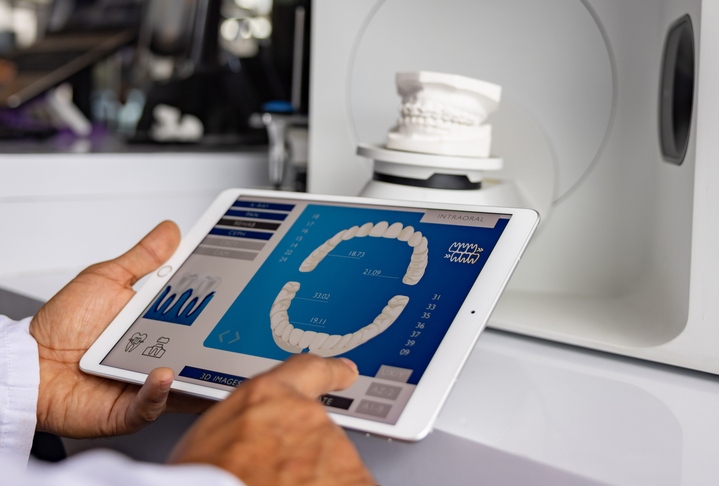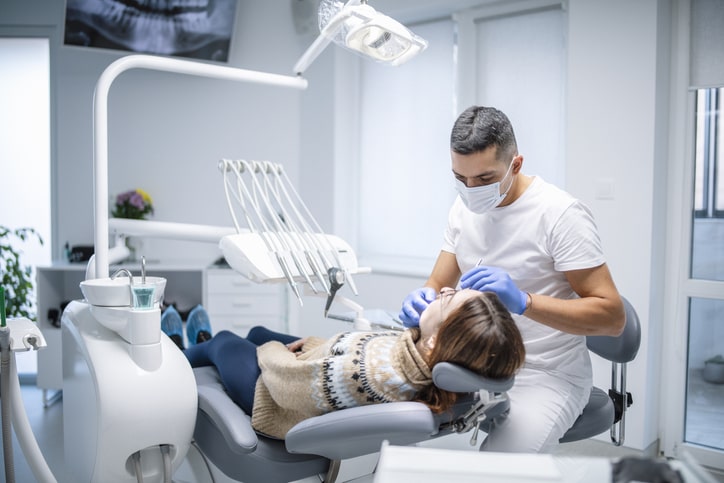
Revolutionizing Dentistry with 3D Printing: Applications and Best Practices
The field of dentistry is experiencing a significant transformation, driven by technological advancements that promise to redefine patient care and practice management. Looking ahead to 2026 and 2027, one of the most impactful innovations is the integration of 3D printing and artificial intelligence. These technologies are not just trends; they are foundational shifts creating new opportunities for dental professionals, including those in dentist jobs and locum tenens roles.
For dentists, this evolution means access to tools that allow for quicker, more accurate, and less invasive treatments. 3D printing, in particular, is revolutionizing how dental appliances, models, and implants are created, leading to better patient outcomes and more efficient workflows. This guide explores the key applications of 3D printing in dentistry and provides best practices for integrating this technology into your practice.
The Impact of 3D Printing on Patient Care
3D printing offers a level of precision and speed that traditional fabrication methods struggle to match. By leveraging this technology, dentists can significantly reduce the time required to produce everything from crowns to surgical guides, often enabling same-day service. This enhances patient satisfaction as well as streamlines practice operations. The accuracy of 3D-printed devices ensures a perfect fit, minimizing the need for repeat appointments and adjustments, which saves both time and money.
Key Applications in Modern Dentistry
The versatility of 3D printing allows for a wide range of applications across various dental specialties. Using materials from biocompatible resins to durable metals, practices can now produce custom dental solutions in-house.
Surgical Guides and Implants
One of the most powerful applications in dental surgery, 3D-printed surgical guides enable precise placement of dental implants, which lowers the risk of complications and boosts the success rate of procedures. Additionally, implants themselves can be 3D-printed from materials designed for enhanced bone integration, improving long-term results for patients.
Orthodontics and Prosthodontics
In orthodontics, 3D printing is used to create custom braces and clear aligners with exceptional accuracy. This precision leads to more effective treatment and better patient outcomes. For prosthodontics, the technology allows for the rapid fabrication of custom-fit dentures, crowns, and bridges, drastically cutting down turnaround times compared to traditional lab work.
Pediatric Dentistry and Diagnostics
Pediatric dentists can also benefit by quickly producing custom-fit mouthguards and other appliances. Furthermore, 3D printing is an invaluable diagnostic tool. Creating accurate anatomical models of a patient’s dental structure helps dentists visualize complex issues, leading to more precise diagnoses and effective treatment plans.

Integrating 3D Printing into Your Practice
Adopting 3D printing technology requires a strategic approach. Here are some best practices to follow.
Choosing the Right Equipment
Selecting the right 3D printer is the first step. Your choice will depend on the specific applications you plan to use, the volume of work, your budget, and the types of materials you'll need.
Embracing a Digital Workflow
Successful integration relies on a shift to digital dentistry. This involves using digital impression scanners and CAD (computer-aided design) software to create the models that will be printed. A fully digital workflow streamlines the entire process from patient scan to final product.
Investing in Training
To maximize the benefits of 3D printing, proper training is essential. Dental professionals and their staff need to be educated on how to operate the equipment and software effectively. Many dental schools and continuing education programs now offer courses focused on digital dentistry and 3D printing.
Your Partner in Dental Innovation
As technology continues to reshape the dental industry, staying informed and adaptable is key to success. 3D printing, especially when combined with AI, is set to become a standard of care, offering immense benefits for both patients and practitioners. For those in dentist jobs or exploring flexible locum tenens opportunities, mastering these new technologies can open doors to exciting career paths.
At AMN Healthcare, we are committed to supporting dental professionals as they navigate this evolving landscape. We provide resources and opportunities to help you advance your career and deliver the best possible care.



